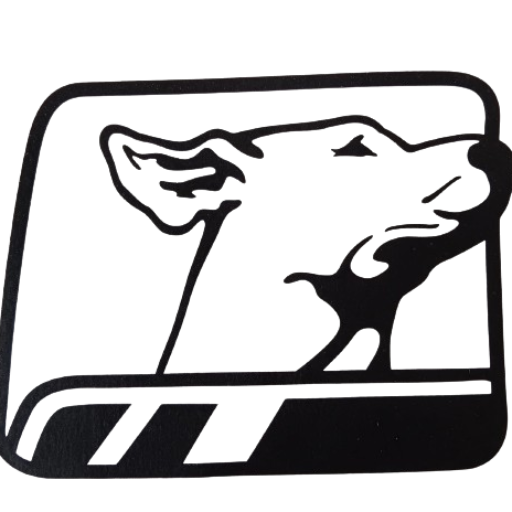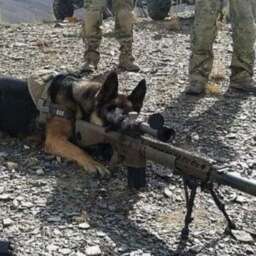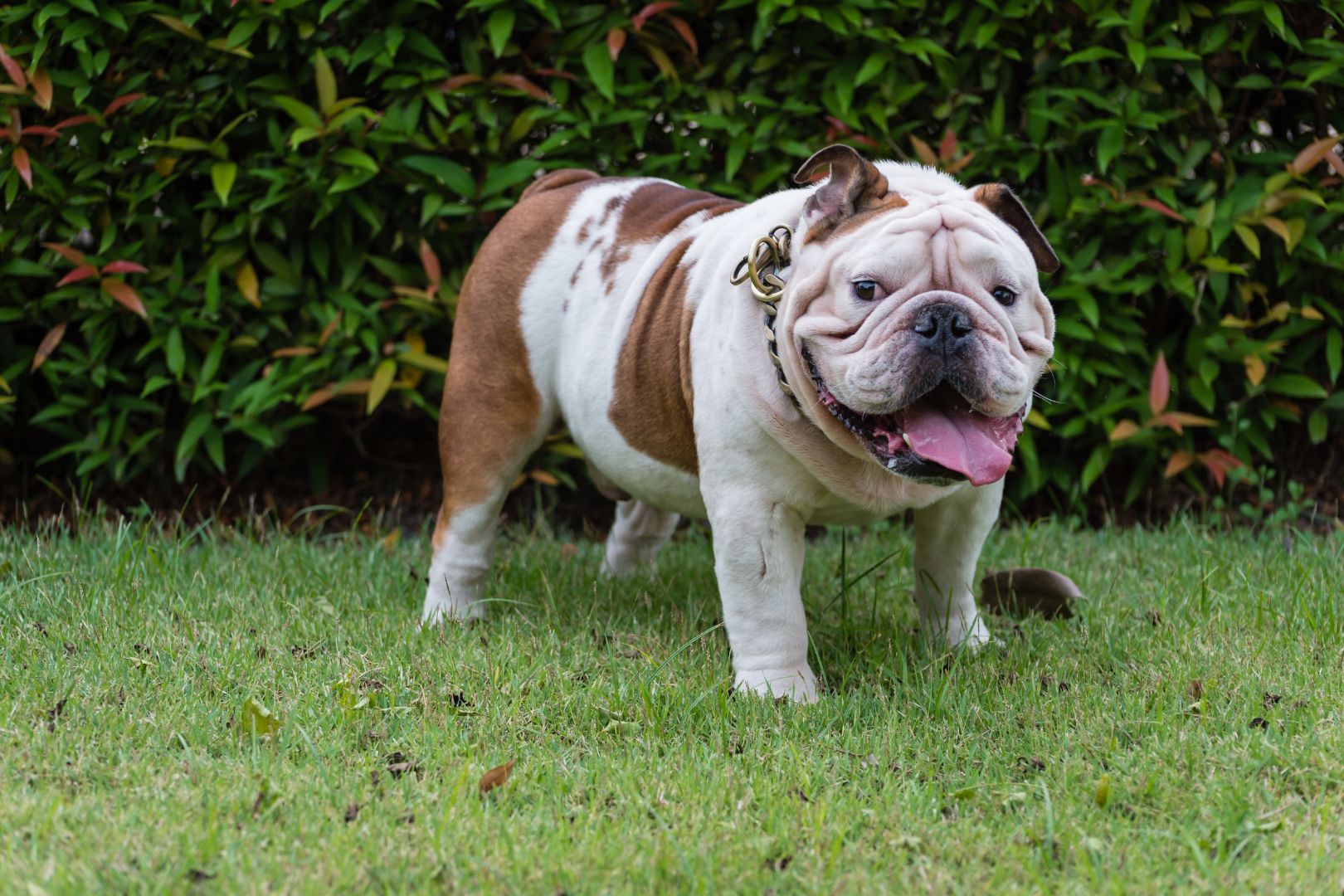Ensuring your dog maintains a healthy weight is essential for their overall well-being and longevity. Obesity in dogs is a common problem, leading to various health issues such as diabetes, heart disease, joint pain, and decreased life expectancy. Recognizing the signs of weight gain early can help prevent these issues and allow you to take proactive measures to maintain your dog’s health. This article will explore how to determine if your dog is overweight, the factors that contribute to canine obesity, and what you can do to help them achieve a healthier weight.
Why Weight Management is Important
Before diving into the specifics of determining whether your dog is overweight, it’s essential to understand why managing your dog’s weight is so crucial. Just like humans, dogs can suffer from numerous health problems when they carry excess weight. These health problems include:
- Joint and mobility issues: Extra weight puts additional stress on your dog’s joints, which can exacerbate conditions like arthritis and lead to mobility problems.
- Heart disease: Obesity can contribute to high blood pressure and cardiovascular disease, making it harder for your dog’s heart to pump blood efficiently.
- Diabetes: Overweight dogs are at a higher risk of developing insulin resistance, which can lead to diabetes.
- Reduced lifespan: Studies have shown that overweight dogs tend to have shorter lifespans compared to those that maintain a healthy weight.
Keeping your dog at a healthy weight improves their quality of life, allowing them to stay active and comfortable as they age.
Signs Your Dog Might Be Overweight
Recognizing if your dog is overweight can sometimes be tricky, as different breeds have different body shapes. However, there are several key indicators that can help you assess whether your dog is carrying too much weight.
1. Rib Check
One of the simplest ways to assess your dog’s weight is by feeling their ribs. When you gently press on your dog’s rib cage, you should be able to feel their ribs without having to apply too much pressure. If you have to press down hard to feel the ribs or can’t feel them at all, your dog may be overweight.
A healthy dog’s ribs should be easy to feel under a thin layer of fat, similar to the back of your hand when you run your fingers over it.
2. Body Shape
Another indicator of whether your dog is overweight is their overall body shape. When viewed from above, your dog should have an hourglass figure, with a noticeable waist between the rib cage and the hips. From the side, there should be a slight tuck-up where the abdomen curves upwards toward the rear legs. If your dog has a rounded appearance or lacks a defined waist, they may be overweight.
3. Fat Deposits
Some dogs may develop noticeable fat deposits around certain areas of their body, such as the base of the tail, on the chest, or around the shoulders. These fat pads are a clear sign that your dog is carrying excess weight.
4. Weight Gain on the Scale
Regular weigh-ins are a straightforward way to monitor your dog’s weight over time. If you notice a consistent upward trend in their weight without changes in diet or exercise, it may be a sign that your dog is becoming overweight. It’s helpful to know the ideal weight range for your dog’s breed and age, which you can obtain from your veterinarian.
5. Reduced Stamina and Mobility
Overweight dogs often struggle with stamina and may tire easily during walks or play sessions. If your dog seems less energetic or has difficulty getting up from a resting position, this could be related to excess weight putting pressure on their joints and muscles.
Causes of Weight Gain in Dogs
Several factors can contribute to weight gain in dogs. Understanding the root cause is crucial in managing and preventing obesity.
1. Overfeeding
The most common cause of weight gain in dogs is overfeeding. Many dog owners overestimate how much food their dog needs or give too many treats throughout the day. Treats, in particular, can be calorie-dense and add up quickly. It’s important to follow feeding guidelines based on your dog’s weight, age, and activity level and to limit treats to no more than 10% of their daily calorie intake.
2. Lack of Exercise
Just like humans, dogs need regular physical activity to maintain a healthy weight. A sedentary lifestyle can lead to weight gain, especially in dogs that are fed more calories than they burn. Dogs need varying levels of exercise depending on their breed, age, and health status. For example, active breeds like Border Collies or Labrador Retrievers require more vigorous exercise, while smaller or older dogs may need gentler but consistent walks.
3. Age
As dogs age, their metabolism naturally slows down, making it easier for them to gain weight. Senior dogs may also be less active due to mobility issues, making it even more important to monitor their diet and adjust portion sizes accordingly.
4. Spaying and Neutering
Spaying or neutering your dog can sometimes cause a reduction in metabolic rate, which may lead to weight gain. This doesn’t mean your dog will automatically become overweight after the procedure, but you may need to adjust their diet or increase their activity level to maintain a healthy weight.
5. Medical Conditions
Certain medical conditions can contribute to weight gain in dogs, such as hypothyroidism or Cushing’s disease. If your dog seems to be gaining weight despite a balanced diet and regular exercise, it’s a good idea to consult your veterinarian to rule out any underlying health issues.
What to Do if Your Dog is Overweight
If you suspect your dog is overweight, it’s important to take action to help them reach a healthier weight. Here are some steps you can take to address the issue:
1. Consult Your Veterinarian
Your veterinarian is the best resource for determining whether your dog is overweight and creating a plan to help them lose weight. They can assess your dog’s current health, recommend a target weight, and suggest changes to their diet or exercise routine. In some cases, your vet may recommend a prescription weight-loss dog food that is lower in calories but still provides all the essential nutrients your dog needs.
2. Adjust Their Diet
Reducing the amount of food you give your dog can help with weight loss, but it’s important to do this gradually to avoid causing nutritional deficiencies. Your vet can help you determine the appropriate portion size based on your dog’s ideal weight. In addition to portion control, consider switching to a lower-calorie dog food, especially if your dog is prone to weight gain.
3. Increase Exercise
Incorporating more physical activity into your dog’s routine can help burn off excess calories and improve their overall fitness. Start with regular walks, and gradually increase the intensity or duration of exercise as your dog builds stamina. Playtime, such as fetch or tug-of-war, can also be a fun way to get your dog moving.
4. Limit Treats
While treats are a great way to reward good behavior, they can contribute significantly to weight gain. Try offering healthier alternatives, such as carrot sticks or small pieces of apple, which are low in calories but still satisfying for your dog.
Conclusion
Recognizing and addressing weight gain in dogs is an essential part of responsible pet ownership. By keeping an eye on your dog’s body condition, adjusting their diet, and ensuring they get enough exercise, you can help them maintain a healthy weight and avoid the health problems associated with obesity. Regular vet visits, proper portion control, and a balanced exercise routine are key to keeping your dog happy, healthy, and full of energy.
















Get involved!
Comments